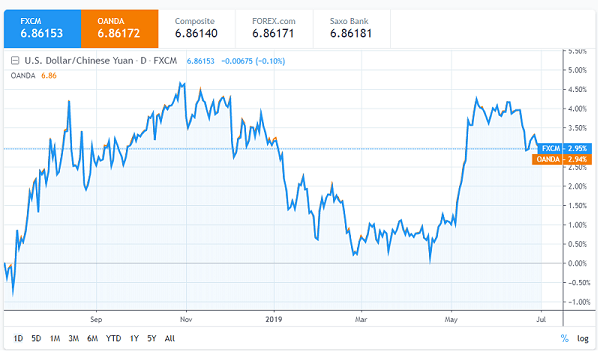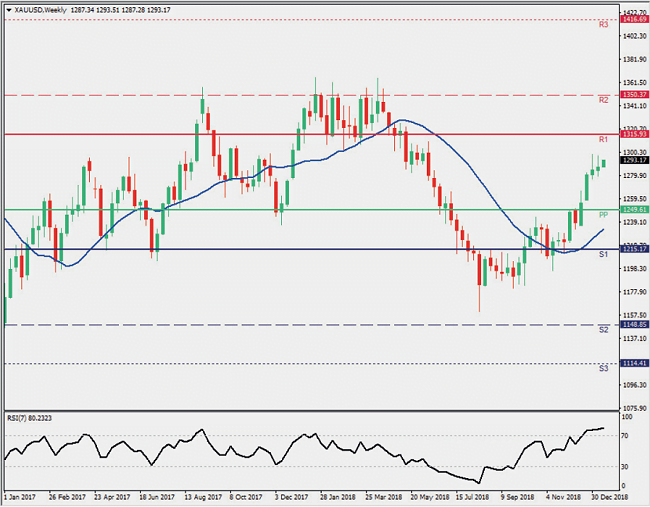Stock markets are trading aimlessly on Monday after macro data showed that the US unemployment rate fell to its lowest level in almost 50 years, easing fears of a slowdown in the world’s largest economy.
Wall Street optimistically celebrated the latest monthly employment report in the US, after learning that 136,000 jobs had been created in September, and that the unemployment rate fell to 3.5%, its lowest level since December 1969.
The employment report last Friday was strong enough to mitigate fears of a recession, but kept alive the hope that the Federal Reserve will remain firm in its stance to cut interest rates at the end of the month.





